
BenQ has always stood by the gaming community even on its early days. Initially specializing in gaming monitors, BenQ has helped popularize 120Hz displays almost a decade ago. With their acquisition of ZOWIE back in late 2015, this positioned BenQ to have more of an impact in the gaming scene.
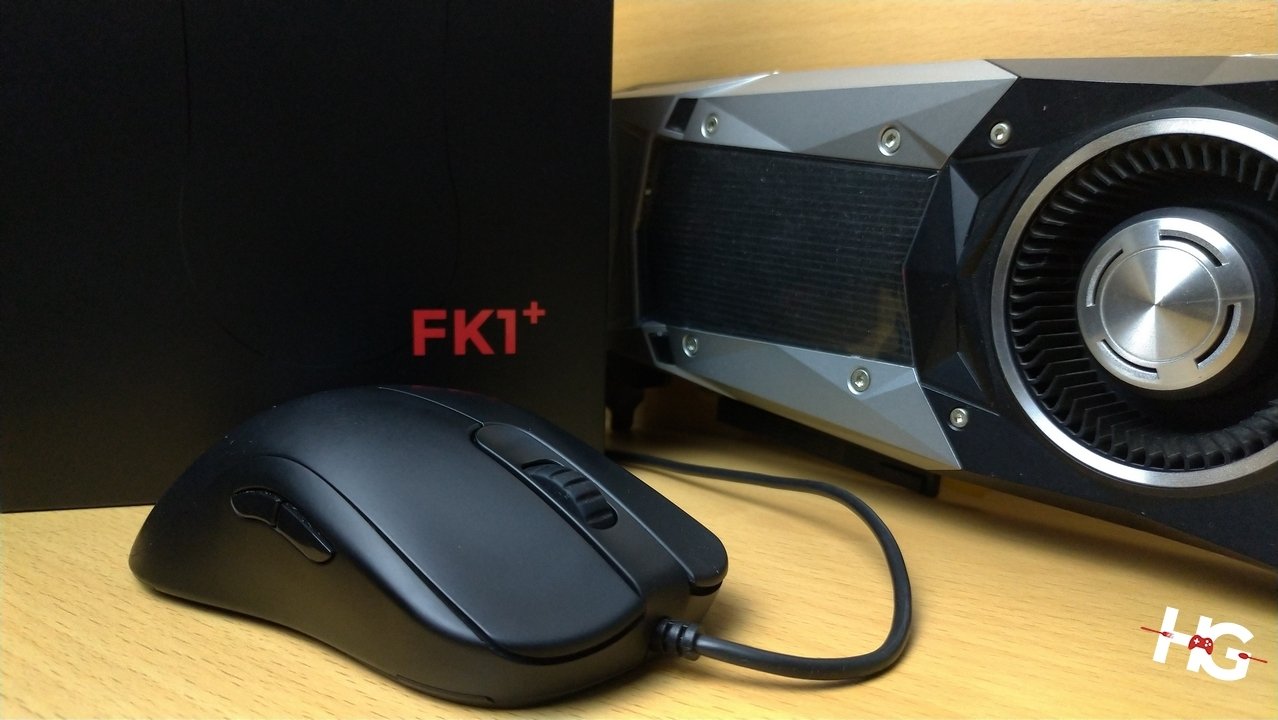
In this review, we’ll be taking a look at the BenQ ZOWIE FK1+ gaming mouse. Helped developed by eSports professionals, the FK1+ aims to deliver both speed and performance to the gamers along with the other mice in the FK series. Here are the specifications for the BenQ ZOWIE FK1+ before we get into the review:
BenQ ZOWIE FK1+
| Sensor | PixArt PMW3310 |
| CPI/DPI | 400/800/1600/3200 |
| Polling Rate | 125Hz/500Hz/1000Hz |
| Tracking | Optical |
| Buttons | 8 |
| Interface | Wired – USB (2m) |
| Weight | 95g without cable |
| Dimensions | 128 x 68 x 38mm (LWH) |
| Software | Driverless |
| Design | Ambidextrous |
Unboxing
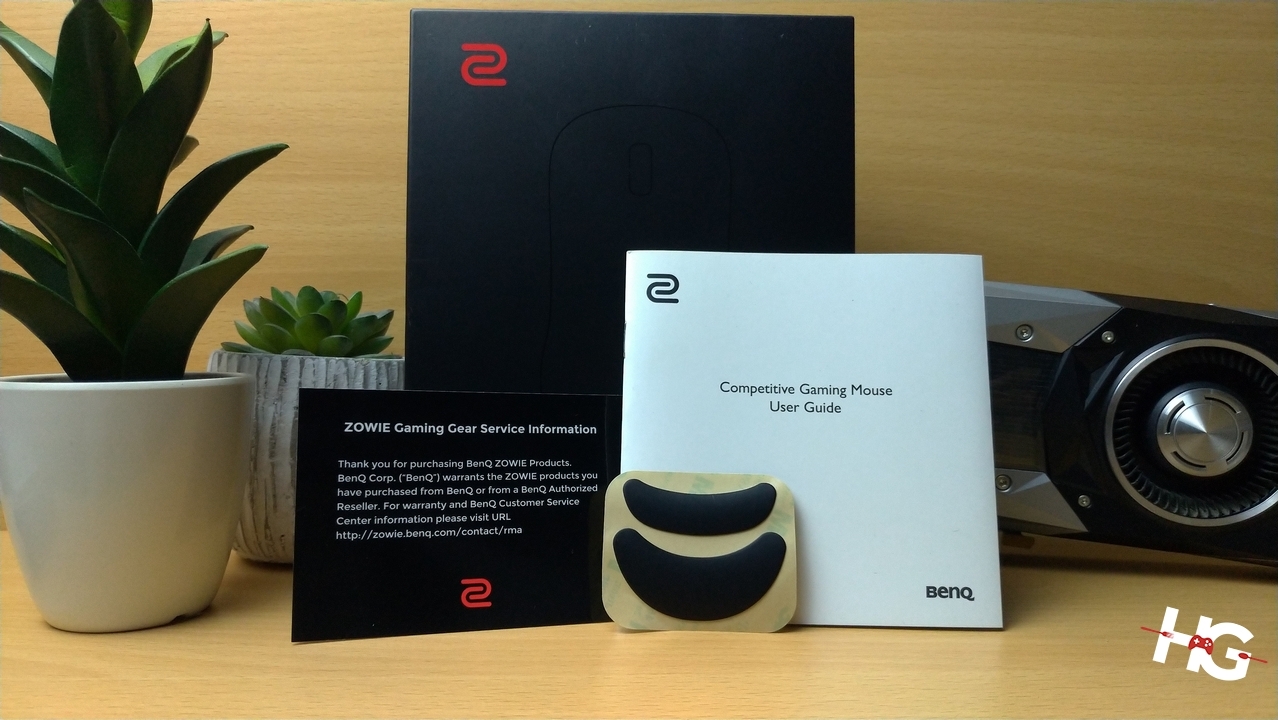
The BenQ ZOWIE FK1+ comes in a fairly innocuous black box that has a print out of the overall shape of the mouse. Aside from the mouse, you get the usual set of paperwork such as documentation, user guide, and service information. You also get a set of extra Teflon feet if the ones installed on the mouse wears out from usage.
Up close with the BenQ ZOWIE FK1+
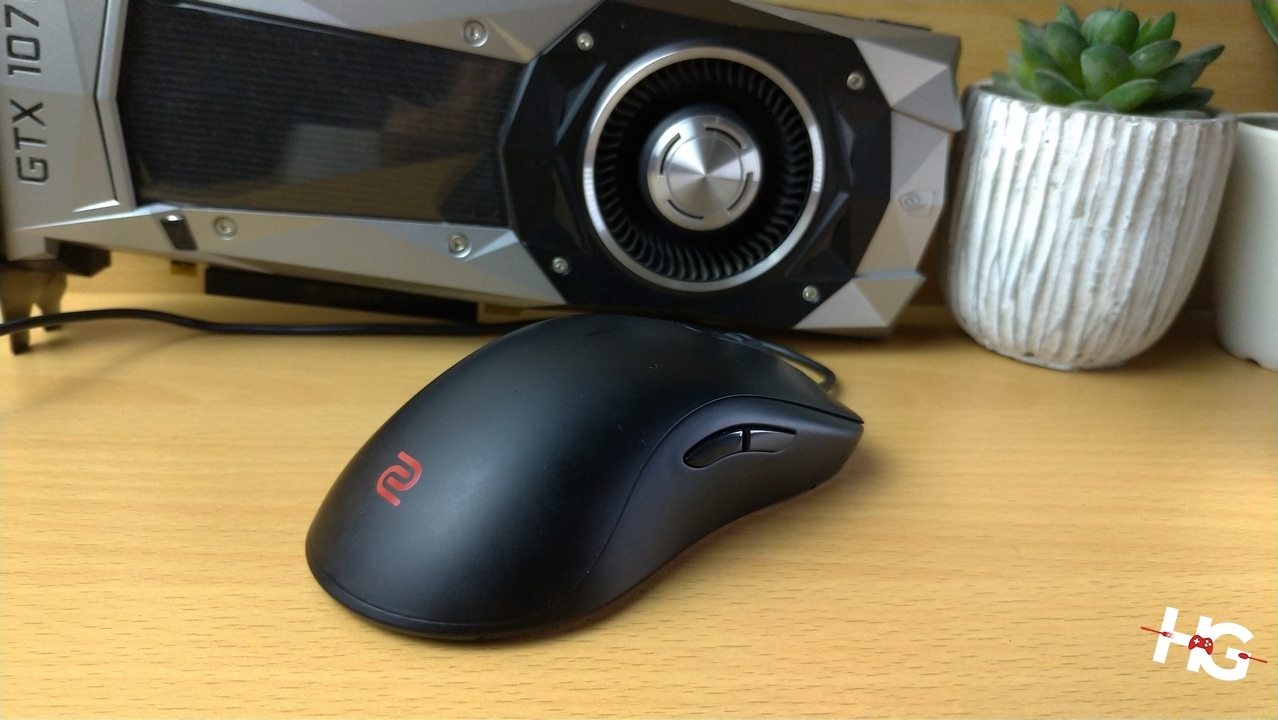
BenQ ZOWIE’s FK range has been designed to be ergonomic for both left- and right-handed gamers. It also sports a smaller bump located at the middle of the mouse compared to the EC and ZA series from the brand.
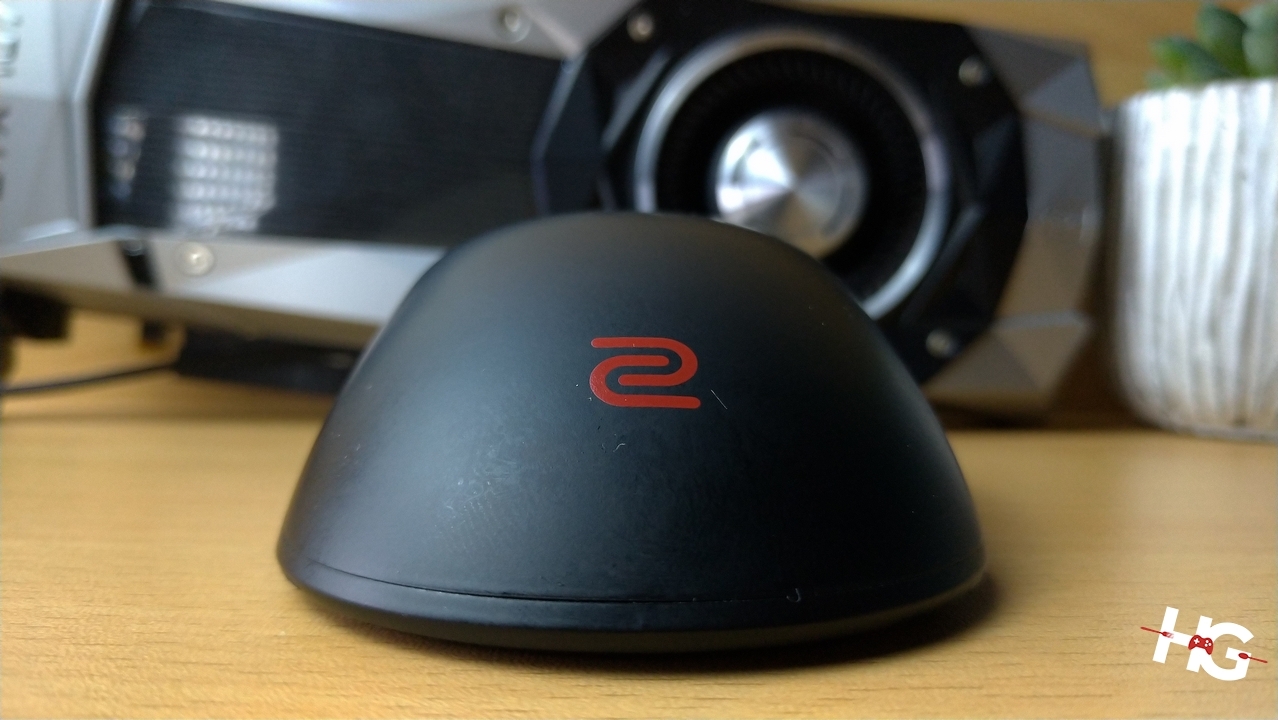
Designated as the largest mouse in its range, the FK1+ was designed to cater more for palm-grip gamers, the mouse measures 64mm at the front, 68mm at the rear, and 62mm at the middle. As far as height goes, the FK1+ highest point measures at 38mm while overall weight is only 95g without the cable.
Speaking of the cable, the FK1+ comes with a rubber cable instead of a braided cable. Braided vs. non-braided cables is an inconclusive topic that only comes down to the users’ preference. At the end of the USB cable is a gold-plated USB Type-A connection.
The FK1+ comes with a bog-standard set of buttons for a gaming mouse. Aside from the usual left and right buttons, a clickable scroll wheel, the mouse also comes with forward and backward buttons located at both sides of the mouse to cater left and right-handed gamers.
There’s very little extras in the way of the FK1+. There are no RGB lighting here while the design is as basic as its goes. RGB lighting and overall look is a bit subjective but we like the no-nonsense approach BenQ ZOWIE has taken with the FK1+.

The mouse comes with a traditional DPI selection instead of having programmable DPIs due to its driverless design. The FK1+ comes with 400/800/1600/3200 DPIs. A questionable choice in the part of BenQ ZOWIE is the location of the DPI switch button. Located near the sensor, the DPI button switches from different DPI settings with different colors:
The location of the DPI switch is out the way especially if you want to quickly change DPIs in-game. This may cost you a couple of seconds that may cost you the game. The brand, however, has stated that this design choice has been made with eSports gamers’ feedback to reduce distractions that may come from the light that turns on when switching DPIs. Frankly, we would have preferred to have the DPI switch at the top of the scroll wheel for easier access when playing.
By default, the mouse comes with a polling rate of 1000Hz. Users, however, can change this by unplugging the mouse and holding the back button for 500Hz, both forward and back buttons for 125Hz, and back to 1000Hz by holding down the forward button when plugging the mouse to your rig.
Users can also set their hand preference since the FK1+ is an ambidextrous mouse. Like switching polling rates, holding down the left mouse button together with the middle mouse button will activate left-handed mode while pressing the right mouse button with the middle mouse button will revert it to its original right-handed mode. These modes will disable the forward and back buttons on the right-hand side for right-handed mode and vice versa.
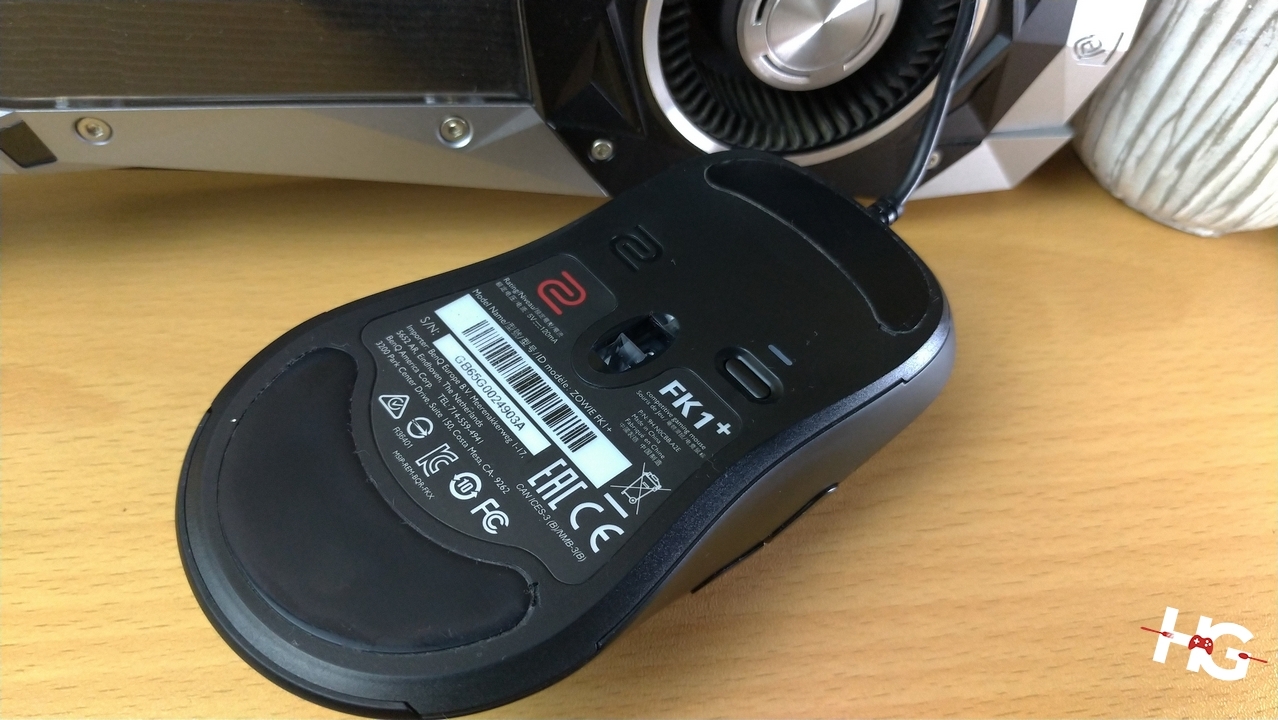
Since we’re already discussing the base of the mouse, there are two large Telfon feet that helps that FK1+ smoothly glide over surfaces. Removing the feet reveals four Philips screws, which can be removed to unveil the insides of the mouse.
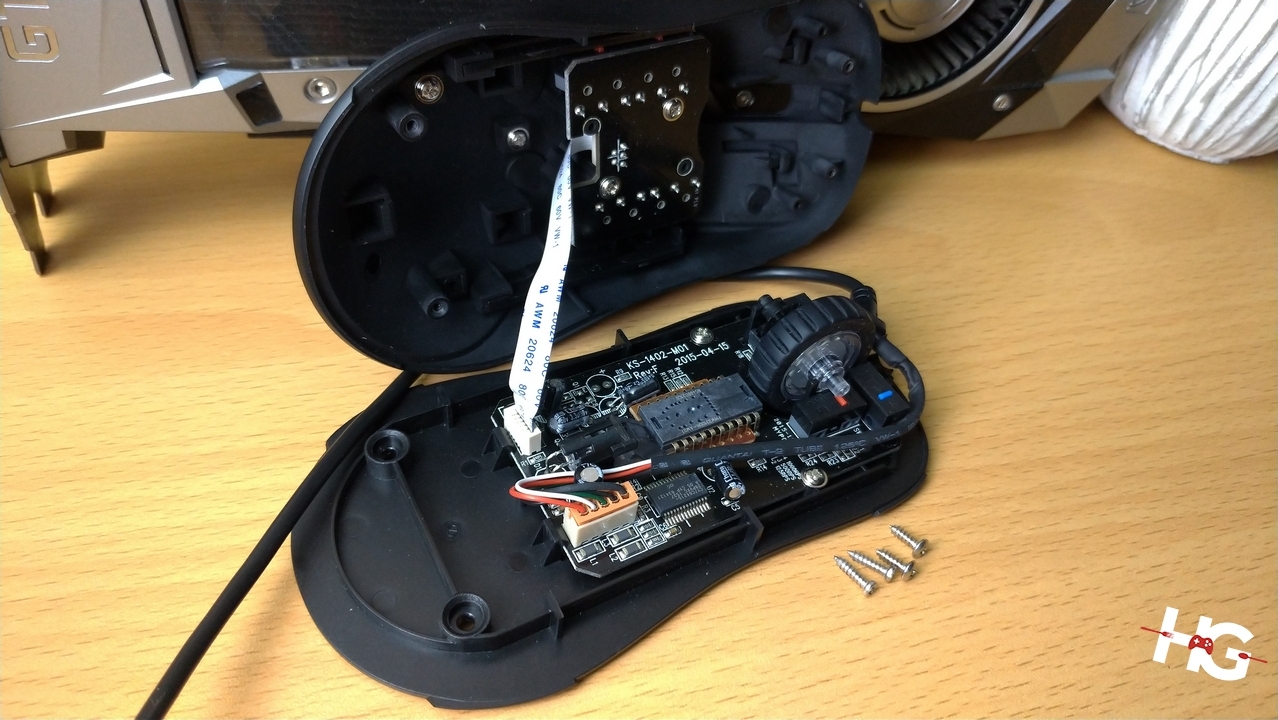
The FK1+ is powered by Pixart’s PMW3310 sensor. The sensor is rated for 5000DPI (or CPI) with a maximum acceleration of 30g and speed of 130 inches per second. We’ll be discussing more about the sensor performance of the FK1+ later on in this review.
Our experience with the BenQ ZOWIE FK1+
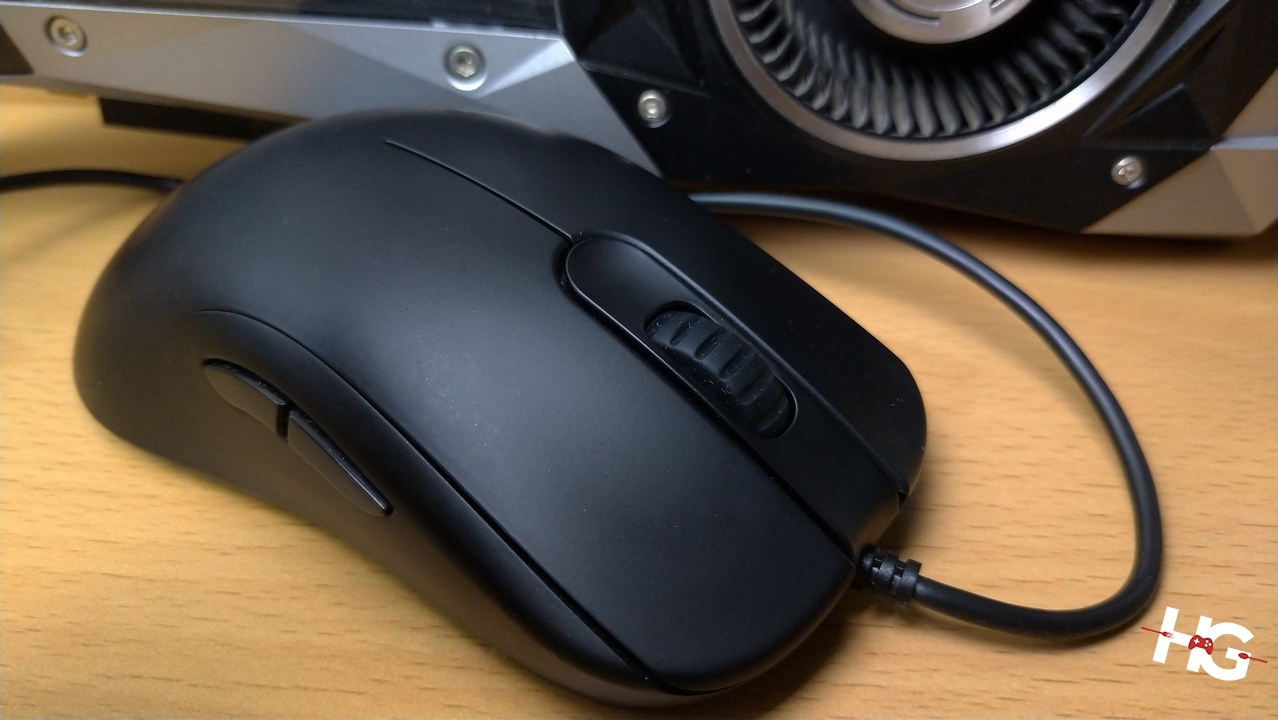
In terms of performance, the BenQ ZOWIE FK1+ behaves as expected from a mouse that has PixArt’s PMW3310 sensor. We didn’t notice any significant angle snapping when using the mouse nor did we have had any problems with acceleration.
Based on older PMW3310-based mice we’ve used before, some implementations of the sensor did have spinning out issues. This is when the mouse is accelerates swiftly like having fast sweeping movements and then the cursor just spins out on the screen. It seems that this issue is not present with the FK1+ making movements with the mouse effortless.

As far as experience goes, the BenQ ZOWIE FK1+ carried us through tons of games in PLAYERUNKNOWN’S BATTLEGROUNDS and Blizzard’s competitive shooter, Overwatch. Tracking was excellent and we didn’t feel any fatigue in long gaming runs since the FK1+ is surprisingly light despite its larger footprint.
Lift-off distance on the mouse was also superb. On our testing, the tracking on the mouse cuts off immediately when lifted. Further testing reveals that the lift-off distance on the FK1+ is just around 1 cd or 1.2mm.
Conclusion
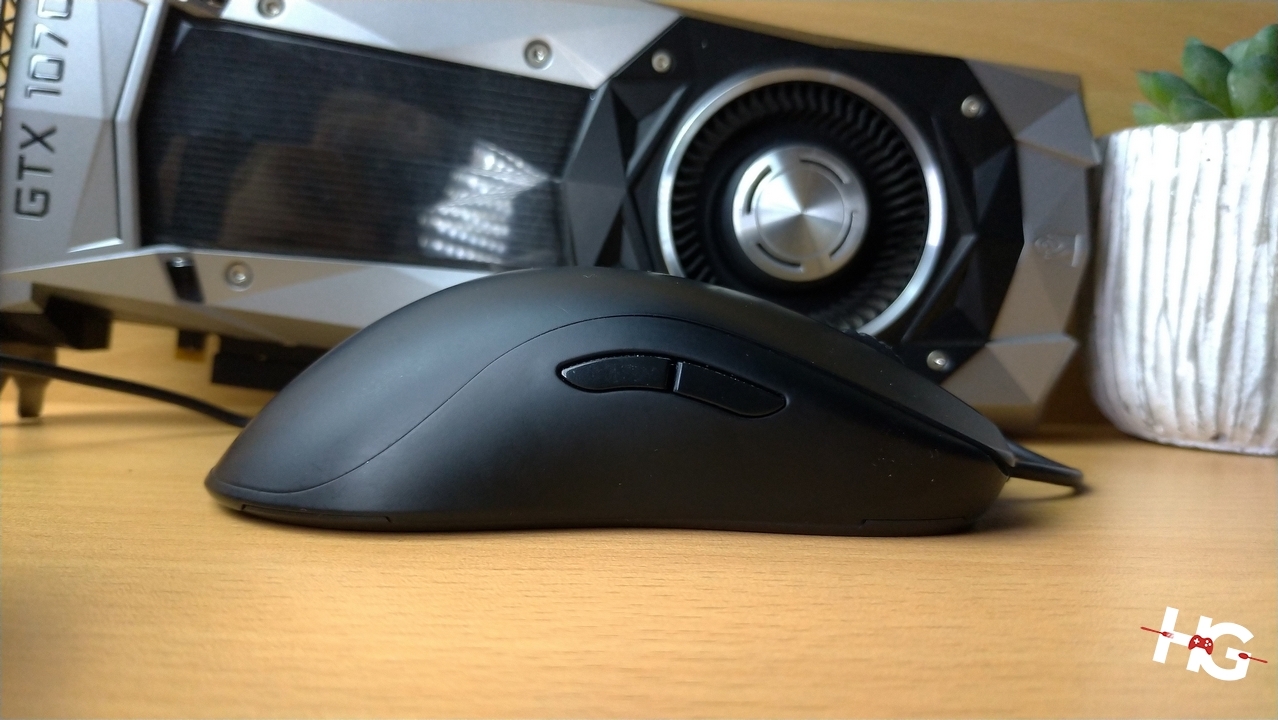
With the gaming peripherals market with brands trying to one up the competition by having tons of extra features and RGB lighting, BenQ ZOWIE completely goes towards another direction by designing a no nonsense mouse that just works.
Priced at PhP 2,995, the BeNQ ZOWIE is just one of the plethora of gaming mice you can get from the brand. The FK1+, however, distinguishes itself from the pack by having an ambidextrous design and a large enough impression to comfortably cater to those gamers who have larger hands.
Aside from the design, the mouse’s sensor also performed outstandingly on our test. With a lift off distance of just around 1cd and superb tracking, the PMW3310 inside the FK1+ would surely step up your gaming prowess.
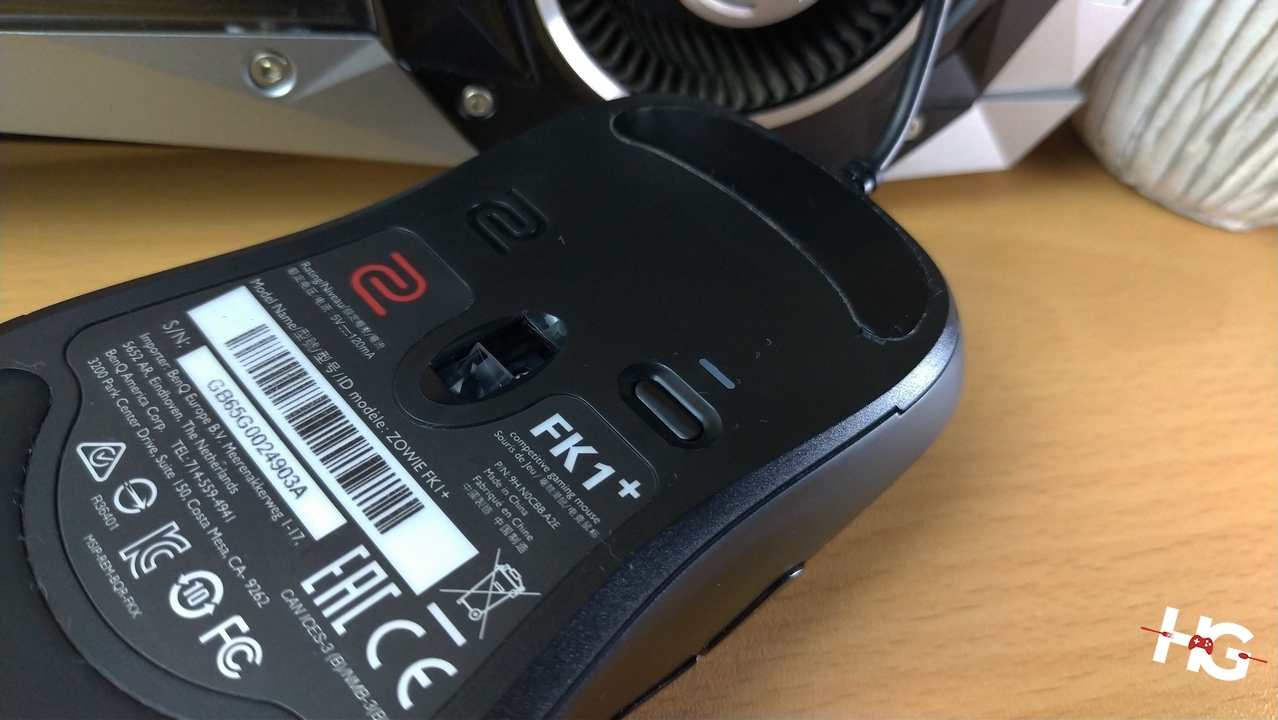
The FK1+, however, does have some unconvincing design choices such as the DPI button being located at the base of the mouse, which leads to a clunky experience whenever we wanted to change sensitivity on-the-fly.
The lack of programmable DPI settings is also a bit of a downside with most manufacturers already implementing programmable DPI settings on their mice. This quirk, however, can be learned in time. It’s just up to the FK1+’s user if they play around the DPI settings that this mouse has.
Despite some questionable choices, the BenQ ZOWIE FK1+ still achieves what it has set to do: deliver a tracking experience that’s comfortable leaving all the battle solely on the gamers’ hands. If you lose a round of Counter Strike: Global Offensive or Overwatch, then it wouldn’t be because of the mouse.

It’s with these reasons that we’re going to give the BenQ ZOWIE FK1+ our Satisfying Gaming Mouse award. If you’re looking for a gaming mouse that just works then the FK1+ might just be your companion in competitive matches.
